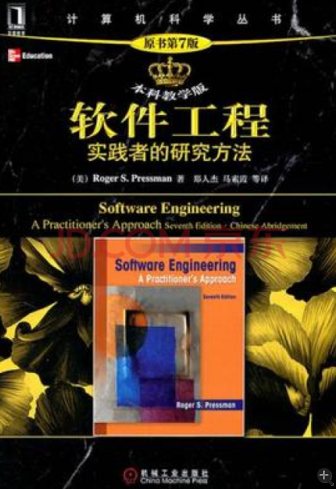
当前课程知识点:Production Planning and Control > Ch9_Maintenance > Ch9 Discussion > Ch5_7 Example of MPS
返回《Production Planning and Control》慕课在线视频课程列表
返回《Production Planning and Control》慕课在线视频列表
-Ch1_1 Let us start with covid_19
-Ch1_2 Introduction to operation planning
-Ch1_3 Introduction to operation control and capacity planning
-Ch1_5 Introduction to scheduling
-Ch1_9 General framework of PPC
-Ch1 Exercises
-ch2_4 Hierarchical production and capacity planning
-ch2_6 Cost-volume or breakeven analysis
-ch2_7 Strategic capacity planning
-ch2_8 The experience curve and capacity flexibility & planning
-ch2_9 Capacity using overall factors and capacity requirement planning
-Ch2 Exercises
-ch3_2 Automation types and flexible manufacturing systems
-ch3_3 Basic layout types and product layout
-ch3_5 Comparison of product and process layout
-ch3_6 Fixed position layout, combination layout and cellular layout
-ch3_7 Production & assembly line and line balancing
-ch3_8 Features of line balancing
-ch3_10 Designing process layout
-ch3_11 Measures of effectiveness and information requirement
-ch3_12 Criteria for determining process layout
-Ch3 Exercises
-CH4_1 Aggregate Production Planning
-Ch4_2 Information Needed and Output of Production Plan
-Ch4_3 Aggregate Planning Strategy
-Ch4_5 Example of Aggregate Planning - 1
-CH4_6 Example of Aggregate Planning - 2
-Ch4 Exericses
-Ch5_2 Marketing and operations
-Ch5_5 Gross Demand and Projected Available Balance
-Ch5_6 Safety Stock and Compatiblity of MPS
-Ch5 Exercises
-Ch6_1 Independent and Dependent Demand
-Ch6_2 Example for Types of Demand
-Ch6_3 Master Production Schedule
-Ch6 Exercises
-Ch7_2 Inventory Control Objectives and Inventory Cost
-Ch7_3 Terminology of Inventory
-Ch7_4 ABC Classification System
-Ch7_5 Inventory Hide Problems
-Ch7_6 Economic Order Quantity Assumptions
-Ch7_7 Basic Fixed-Order Quantity Model - 1
-Ch7_8 Basic Fixed-Order Quantity Model - 2
-CH7_10 Fixed-Order Quantity Models Assumptions
-Ch7_11 Continous Review Systems
-Ch7_12 Periodic Review Systems
-Ch7 Exercises
-Ch8_1 Scheduling by Process Type
-Ch8_2 Shop Floor Control and Loading
-Ch8_4 Job Shop Scheduling Terminology
-Ch8_5 Sequencing and Sequencing Rules
-Ch8_6 Guidelines for Selecting a Sequencing Rule
-Ch8_7 Sequencing Jobs Through Multi-Machines
-Ch8_9 Case Study: AGVs Scheduling
-Ch8 Exercises
-Ch9_2 Failure Related Concepts
-Ch9_3 Maintenance Related Topics
-Ch9 Exercises




